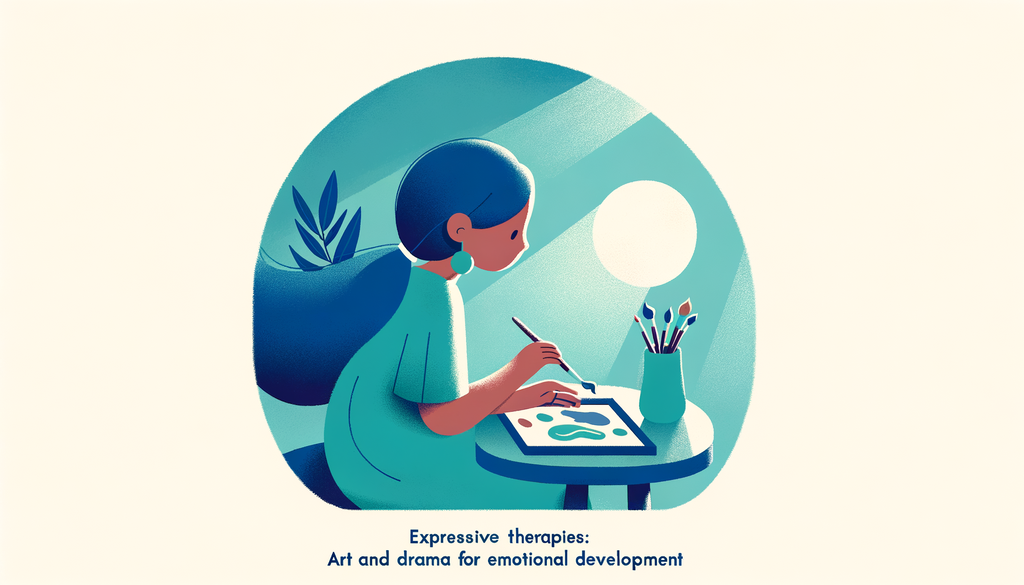Expressive Therapies: Art and Drama for Emotional Development

As a parent or caregiver of a child with special needs, fostering emotional and social growth can often be a daunting task. The traditional methods often employed may not always resonate with the unique ways in which these children perceive and interact with their surroundings. This is where expressive therapies, such as art and drama, make a compelling case for themselves. With their inherent flexibility, focus on creativity, and emphasis on self-expression, these therapies can provide an enriching and supportive environment for your child’s development.
The Power of Art Therapy
Art therapy harnesses the creativity in children to provide a therapeutic space where they can freely express their feelings, fears, and aspirations. This nonverbal form of communication can often bridge the gap when words may fail The First Signs: Recognizing Giftedness in Young Children.
Through art, children can symbolically convey their innermost thoughts, which can give us illuminated insights into their perspective. This can be especially advantageous for children who may struggle with self-expression due to communication challenges, such as those on the autism spectrum. Art therapy can also foster creativity and self-awareness Building Bridges: Social Skills for Children on the Autism Spectrum.
Drama Therapy: Play, Empathy, and Growth
Just as art therapy helps children express themselves nonverbally, drama therapy can achieve the same outcome through role-play, storytelling, and dramatic interactions Fostering Creativity: Enrichment Programs for the Gifted Learner. This form of interactive play can teach children valuable interpersonal skills and empathy, foster self-confidence, and offer them a safe space to navigate and understand their complex emotions.
Implementing Expressive Therapies at Home and School
One of the best aspects of art and drama therapies is that they can be easily integrated into your child’s daily routine, both at home and in school.
To start with, you can include a creative corner in your home where your child can freely indulge in painting, sketching, sculpture, or any form of craft. Encourage your child to spend time here daily, creating whatever they feel, and gradually, you will see them use this space to express and navigate their thoughts and emotions Creating Artistic Spaces for Gifted Young Artists.
In school, advocating for your child’s unique needs can ensure that these therapies form part of their Individual Education Program (IEP) Your Child’s Rights: Understanding the IEP Process. In fact, special education classrooms are often open to introducing creative therapies for their therapeutic benefits Advocate for Accommodations: Ensuring Your Child’s Needs Are Met at School.
Harnessing the Healing Power of Art and Drama
Art and drama therapies offer a unique approach to emotional and social skill development, especially for children with special needs. The benefits, however, extend well beyond therapy sessions.
Expressive therapies can empower children with control over their emotions, enhance their understanding of self and others, and most importantly, boost their self-esteem and self-confidence. So whether it’s a sketch on a piece of paper or a role-play enactment, remember, it’s more than mere ‘child’s play’. It’s their way of using creativity, imagination, and expression to connect, reflect, and thrive.
In the vast spectrum of fostering holistic growth in your special child, expressive therapies could very well be a vibrant color that brings the entire picture to life. Overcoming Obstacles: Therapy Options for Diverse Learners.